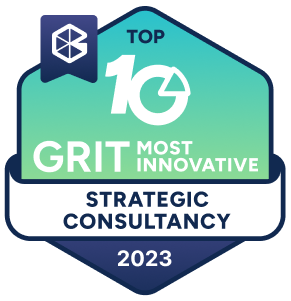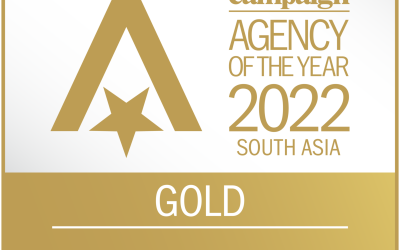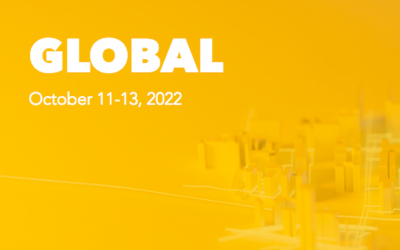The past year saw the rise of a myriad of emerging technologies and new digital marketing channels – from AR/VR, live video streaming to artificial intelligence in Indonesia. But among all the digital channels, mobile penetration is hitting a high, therefore having just a mobile-friendly approach in digital marketing is no longer enough – brands must be mobile-first!
In a recent iab SEA+India MMA conference, this point was reiterated a number of times. 56% of Indonesia is urbanised and it has150 million active users on Social Media, who are spending 8 hours and 36 min on average on internet, of which 3 hours and 36 min is spent solely on Social Media. An average of 4 hours is spent on Mobile per day, higher than the US, Canada, Japan, India, UK, Germany and France. These are stunning numbers and indicate vast potential for digital, and more particularly for mobile in Indonesia.
That said, we must be cognisant of the fact that TV still holds the high ground and it is by no means a dying medium. The Nielsen Consumer Media View and Radio Audience Measurement Report for Q1 2019 indicates that 95% of the surveyed population got to know of brands and messages from TV, as opposed to 36% from Out of Home, 54% from digital and 36% radio. There is a great degree of overlap between these media, and therefore cross media planning and measurement is needed for maximum impact. Neither of these media can work in isolation of each other.
Video is the most popular format of consumption and YouTube is most actively used. Given the dominance of mobile, it looks as though videos are watched on mobile phones. Therefore, all long form of video ads have to be compatible to the small screen. The bigger challenge is of attention and engagement. While ads may garner high click-through rates, one is not sure how much of the ad is being viewed and what impact it has on the brand. Worse is when ads are being glossed-over, ignored or blocked. Data shared at the conference suggests that only 1 in 5 digital ads are watched. Only 4 % of the digital ads get more than one second attention. On mobile, 67% of the ads are watched for a miniscule 0.4 seconds. This raises some big questions:
Yes, mobile shows high potential and growth, but is advertising on digital effective and how can one make sure it is engaging?
Is digital and mobile an after-thought to conventional media? How many ads are actually made for digital and not repurposed from ads meant for TV?
Our guess is that when marketers and advertisers are thinking of creative briefs they are mainly thinking of TV. Finished ads for TV are adapted to digital with little or no optimisation. Shouldn’t one actively take into consideration the digital format when creating ads, where the consumer is in control and he/she can block or ignore the ad with the touch of a button without interruptions?
At the conference some interesting statistics on digital ad spends were presented which brought to the fore another big challenge. $568 million was spent in 2018 on digital advertising, but 49% of that was lost because of viewability issues; poor pixel and the entire ad not appearing on screen etc. Of the 51% that is remaining, 12% is lost on ad fraud and 41% of the remaining is off target audience. So only $131 million is actually used. This is causing people to feel disillusioned about digital advertising and Marketers are not sure how to measure its effectiveness. One might blame all of this on programmatic advertising or unscrupulous middle men. But the fact remains that a lot of data on audiences is not trusted and not reliable. Publishers who have the data are unwilling to share what they have. Brand safety is a big question that brands face given the number of frauds and issues with viewability. The bottom line is that agencies need to organise themselves around delivering technology enabled user experiences, not advertising. Delivering engaging content, they can iterate quickly on the ones that will thrive. And this engaging content can take any form – a conversation, a testimonial, an endorsement etc. A brands most important asset today is its relationship with its customers. Messages need not be deliberately crafted and then broadcast. Things are a lot more spontaneous with no time to prepare. We now live in the age of real-time dialogue, and the flow of small, trusted conversation is more important than big, powerful themes.






